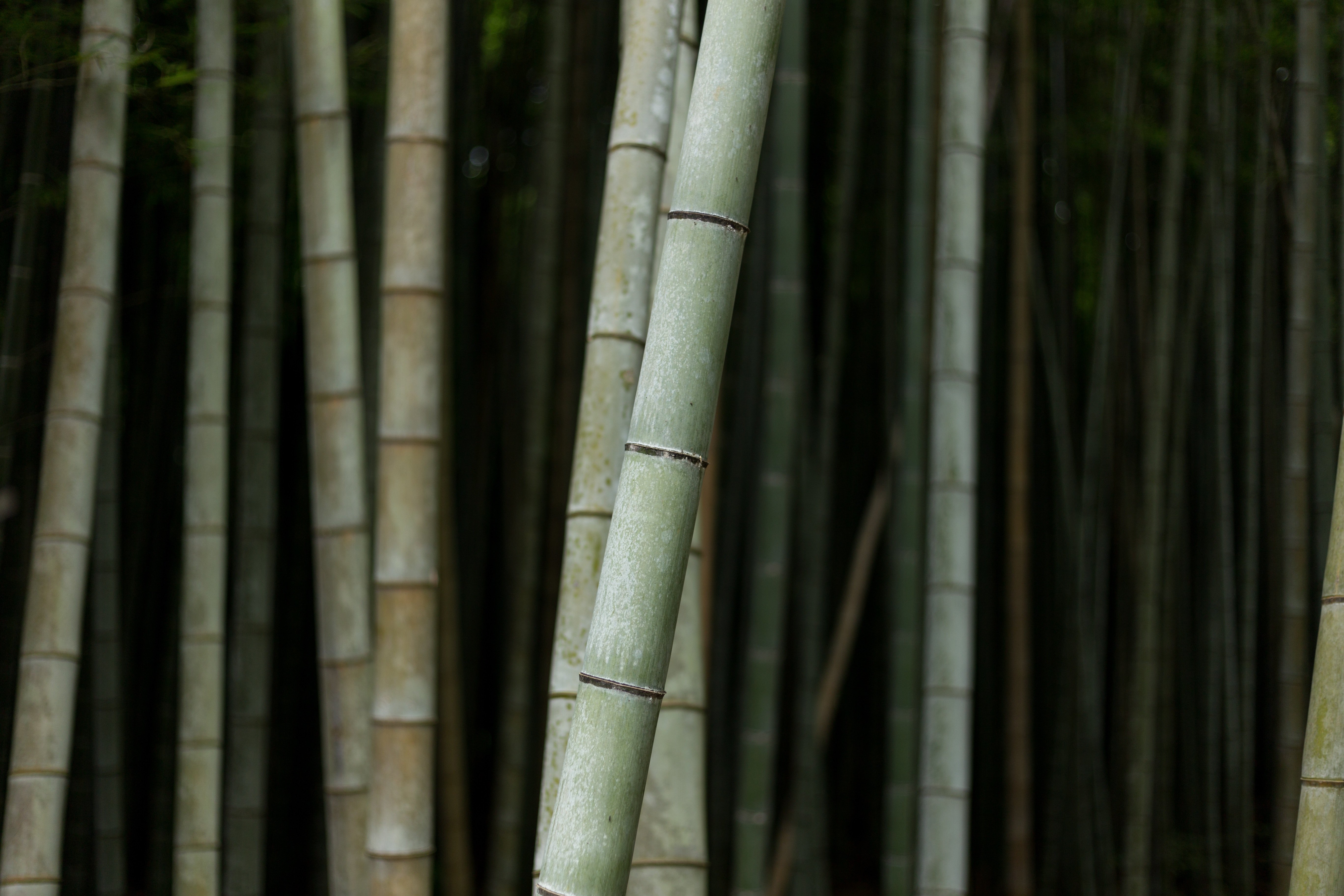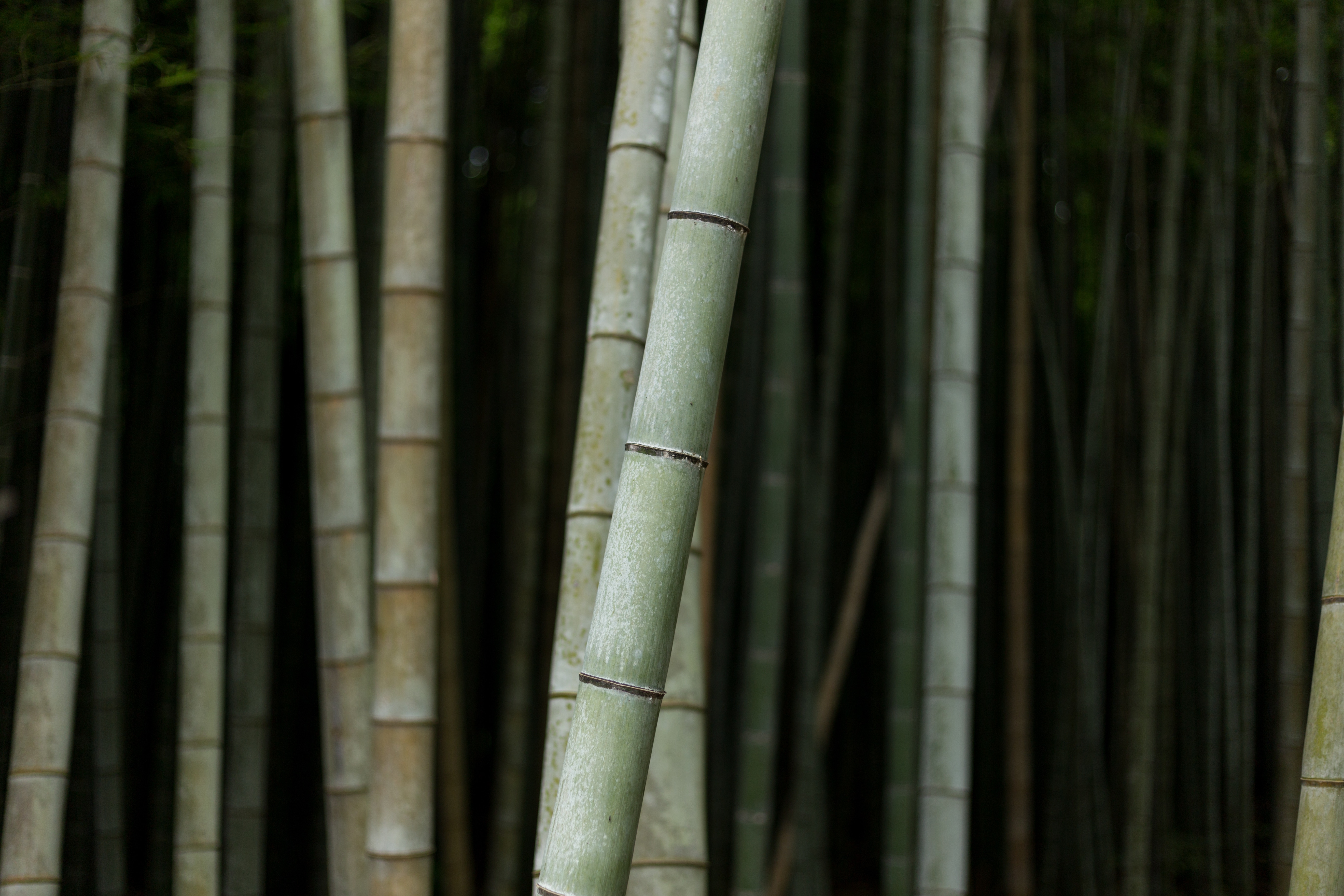Project Drawdown: Bamboo’s Quick Growth Sequesters More Carbon than Trees

Posted by Michelle DiFranco

Bamboo is one of the world’s fastest growing and most adaptable grasses, sequestering significant amounts of carbon and thriving even on degraded land. According to Project Drawdown, the plant is ideal for afforestation - replanting of trees in barren land to reduce the overuse of natural resources and create a new forest - because of its adaptability and uniquely fast growing times. Bamboo reaches full height in a single growing season, making it a very sustainable, renewable material source. With a host of practical uses, bamboo has “the compressive strength of concrete and tensile strength of steel.” 
image by Erol Ahmed
Ranked #34 in Project Drawdown’s solution list, planting bamboo on an additional 37 million acres of barren land will sequester 7.22 gigatons of carbon and save a total of $264.8 billion dollars. Project Drawdown specifically focuses on the land use potential of cultivating bamboo, but we’d like to shed light on some of the ways bamboo can be implemented in the built environment as a more sustainable material.
Bamboo is a Prime Candidate for Afforestation
Bamboo, a woody member of the grass family, has a long history of cultivation for a variety of uses. Known as the “friend of the people,” the plant grows in a range of environmental conditions and is a resource for textiles, paper, building materials, food, and more. Bamboo also “sequesters carbon at a rate greater than or equal to that of many tree species,” according to Project Drawdown’s solution summary. Categorized under Drawdown’s “Land Use” sector, bamboo provides significant benefits when used for both regrowing overharvested or otherwise barren land, as well as numerous uses as a material resource.
Afforestation differs from reforestation in that it consists of planting entirely new forests where one does not currently exist, while reforestation involves planting trees and plants where a forest partially exists. Bamboo varieties are particularly well-suited to this task due to their quick growth rate and hardiness. Bamboo does not need to be replanted when harvested and since cutting of mature stalks promotes new growth, it is feasible for both afforestation and commercial cultivation.
Bamboo Scaffolding, Building Provides Low-Cost Benefits
In Hong Kong, bamboo is used as scaffolding for uses as diverse as high rise construction and signage. Originating in the Chinese provinces of Guangdong and Guanxi, bamboo scaffolding has a centuries-old history and persists throughout Hong Kong. The majority of skyscrapers in Hong Kong have been built using traditional scaffolding methods, citing its strength and ability to withstand typhoon winds due to its flexibility. Though once used in mainland China, it is now banned on structures taller than six stories “because of fears that the quality of bamboo has deteriorated in recent years.” In contrast, scaffolding in Hong Kong frequently reaches 50-60 stories.
In addition to scaffolding, bamboo has a rich history of global building use. According to Project Drawdown, there are species of bamboo native to North America, Asia, Latin America, and Africa, and modern bamboo buildings feature innovative designs as well as a humanitarian focus. In 2013, Architectural Association graduate John Naylor received the Foster + Partners prize for his proposal to bring bamboo construction to Haiti as a cost-effective, sustainable, and safe rebuilding material.
Bamboo pavilions in Sydney and Berlin demonstrate its viability as a modern building material with practical uses, as well as its adaptability to different environments and practical application as disaster-resistant housing.
Potential Issues with Widespread Bamboo Cultivation
Despite its significant benefits, there are drawbacks to planting and utilizing bamboo. Depending on the species and location, it can be an invasive plant, and requires careful cultivation if native varietals are not used. Bamboo is also prone to fungus when used in tropical climates and burns quickly, making it impractical for use in multistory buildings without fire-resistant treatments. Despite these concerns, bamboo does not easily spread through its unique rhizome-based root system, and innovations in its building use continue to grow.
Engineering new methods of joining bamboo for building - traditionally its weakness - may improve future construction practices, and it remains a very strong, flexible, and adaptable building material, resistant to earthquake damage.
Innovative Uses Continue to Develop
Beyond building alone, innovative uses include producing bamboo bike frames - more flexible, shock absorbent, and more durable than metal frames - and environmentally-friendly textiles and fabrics from its fibers. Bike infrastructure may someday benefit from these bike frames, demonstrating the unique interconnectedness of all Drawdown’s solutions.
This blog post is part of Burnham Nationwide’s Drawdown Series.





